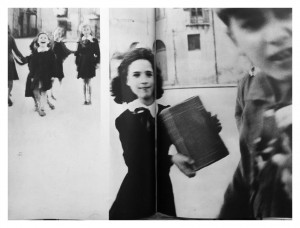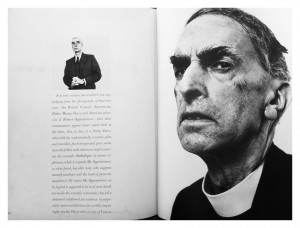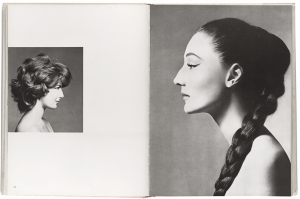This first personal reflection is from Wayne Ford, we would love to hear yours, especially if you have seen Observations for the first time from our video. Feel free to add it in the comment section for it to be posted here, or email mail@photobookclub.org
Wayne Ford
I first encountered the work of Richard Avedon through the art direction of Russian émigré Alexey Brodovitch (1898-1971), as a young graphic design student in the early 1980s. As my interest in editorial design grew, Brodovitch who was art director of ‘Harper’s Bazaar’ for almost a quarter of a century (1934-1958), became central to my studies.
Brodovitch was instrumental in introducing the ‘modern’ graphic design style that emerged through a number of art and design movements in Europe in the 1920s to the United States, in addition to which as Andy Grundberg writes, ‘Brodovitch is virtually the model for the modern magazine art director. he did not simply arrange photographs, illustrations and type on the page; he took an active role in conceiving and commissioning all forms of graphic art, and he specialised in discovering and showcasing young and unknown talent.’
Having arrived in New York in 1930, Brodovitch would regularly commission the likes of Bill Brandt, Brassai, Henri-Cartier-Bresson and Man Ray, his first design assistant was the young Irving Penn, and the list of photographers that he mentored in his long career, reads like a who’s who of twentieth century photography, Lillian Bassman, Robert Frank, Lisette Model, and of course Richard Avedon.
The copies of Brodovitch’s Harper’s Bazaar that I own are well thumbed, the mix of unmatched design and art direction, continually draws me back, as does my copy of ‘Observations’ for Avedon’s immensely powerful portraits, and also because the book itself was designed by Brodovitch.
Note: A small piece of trivia, it is well known that Fred Astaire’s role as a photographer in the film ‘Funny Face’ (1957), is styled upon Avedon, but the films art director is called ‘Dovitch’ reflecting the pairs influence on the world of popular culture during the period.


